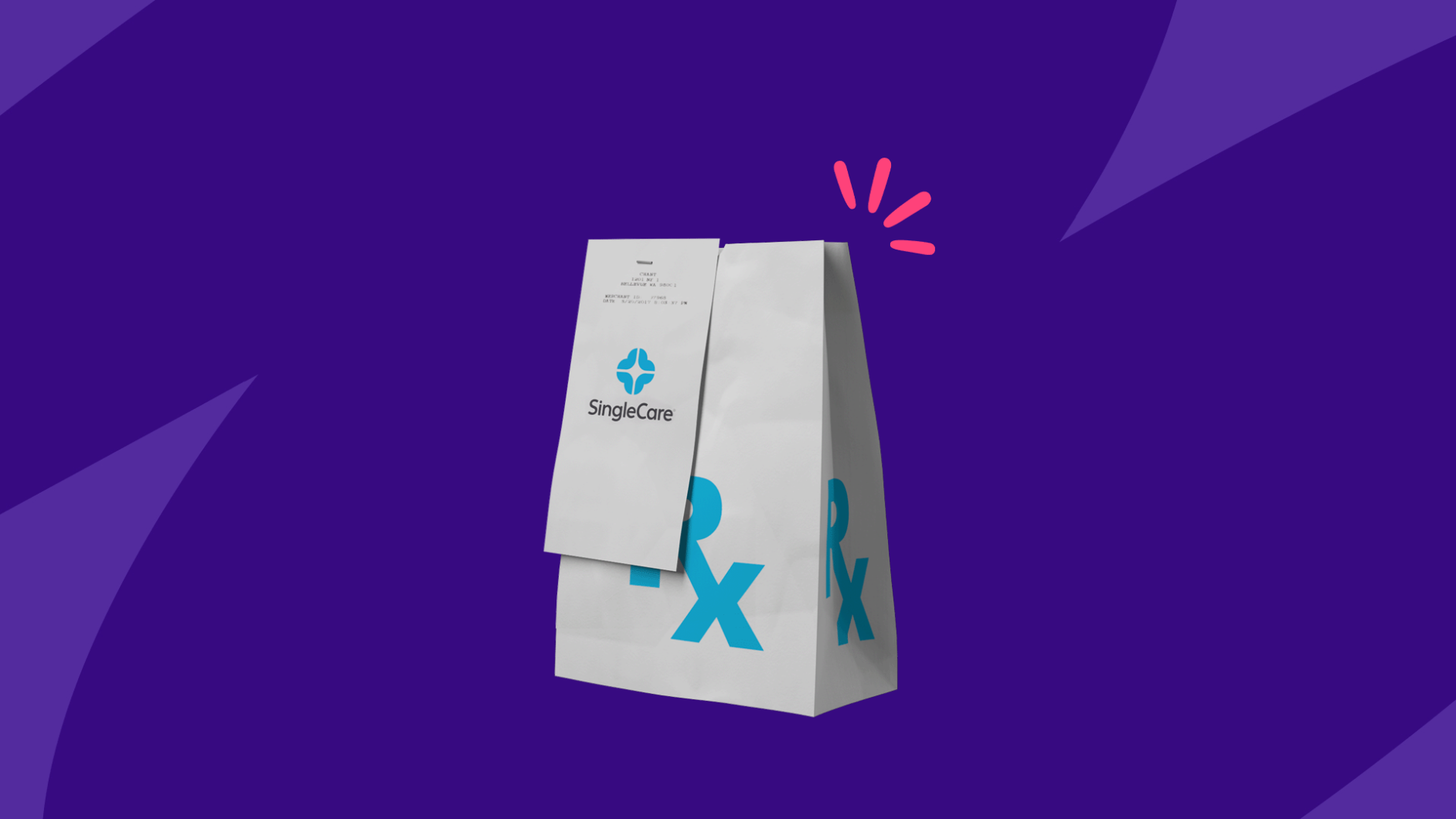Using multiple pharmacies is common among many patients these days, especially older patients who take multiple medications. While getting prescriptions from different pharmacies can have some benefits—such as cost savings on certain medications—using multiple pharmacies may lead to dangerous consequences. Patients might not realize or have the foresight to see how using multiple pharmacies could be hazardous. However, it could lead to various problems, such as duplications of therapy and drug interactions.
One of the fundamental parts of being a pharmacist is to ensure the safety and well-being of the patient. Encouraging patients to use one pharmacy, communicating with the patient to find out their current medication list, and coordinating with the patient’s healthcare team are a few ways to help patients using multiple pharmacies.
Why patients use multiple pharmacies
Patients may be using multiple pharmacies for several reasons. Although many of the reasons have to do with the patient, it’s important to consider other factors, such as the preferences of the patient’s caregiver or family member who is picking up their prescriptions.
In many cases, patients are shopping for the best medication prices at their nearest pharmacies. Prescription discount cards, websites, and search tools allow patients to readily see where they’re saving the most money on each of their prescriptions. Paying a drug’s cash price at a different pharmacy could be worth it for some patients whose insurance company covers only some medications at their “home” pharmacy. In addition, some pharmacies may offer special incentives, discounts, or benefits to entice patients to shop at their pharmacies.
Some patients may be using multiple pharmacies for the sake of convenience. Certain pharmacies where the patient shops for groceries may be located closer to the patient than their usual pharmacy. Mail-order pharmacies are convenient for patients who prefer home delivery for medications. Pharmacies also differ in their schedules, with some pharmacies offering extended hours, which many patients may prefer.
The dangers of using multiple pharmacies
Patients who use multiple pharmacies are usually patients who take multiple medications. Polypharmacy, or taking several medications, is a serious health concern in the United States, especially among older people with multiple conditions. Around 30%-40% of people older than 65 are estimated to take five or more prescription drugs, and 10% of this population takes 10 or more different prescription drugs.
There are several issues with filling prescriptions at multiple pharmacies. The biggest ones involve medication adherence and drug interactions. One analysis of Medicare Part D beneficiaries found that using multiple pharmacies was associated with lower medication adherence and increased drug interactions. Not adhering to medications can lead to worsening disease severity and comorbidities.
Patients who use multiple pharmacies might be going to different healthcare providers who prescribe different but similar medications. Duplications in therapy then become possible, increasing the risk of drug interactions and severe adverse effects.
Another problem with using multiple pharmacies is that patients are less likely to build a relationship with their pharmacist. Pharmacists can be a vital resource for patients, checking for potential drug interactions and counseling patients on potential side effects. They can also show patients how to administer medications properly.
Talking to patients who use multiple pharmacies
There are different ways to counsel patients who use multiple pharmacies. You may want to have a conversation with regulars who you suspect are using multiple pharmacies. You can often find out patients are using multiple pharmacies if you notice something amiss or ask the patient directly.
Find out the reason
One of the first ways to address patients using multiple pharmacies is to find out the reason. Are they finding one of their medications at a lower price at a different pharmacy? Once you find out the patient’s reasons and goals of therapy, you can offer solutions as needed. For example, you might make an effort to find ways for the patient to save at your pharmacy, such as a prescription discount or a 90-day supply.
Encourage patients to use one pharmacy
To reduce potential problems with medication adherence, it’s a good idea to encourage patients to use one pharmacy. Depending on the company you work for, your company may have different branches and locations. Having the patient use one pharmacy makes it easier to notice discrepancies in the patient’s medication profile. You can offer to transfer prescriptions from the patient’s other pharmacies and sync all prescription fill dates to cut down on visits to the pharmacy.
Update the patient’s medication list
Whether the patient decides to use one pharmacy or not, it’s important to ensure the patient’s medication list is always updated. Gently remind the patient or caregiver to bring an updated list of medications, including prescription drugs, over-the-counter medicine, and herbal supplements. That way, you can clear any medications the patient isn’t taking and avoid accidentally dispensing a medication that the patient no longer needs.
Recommend an MTM session
Pharmacists can improve medication safety by reviewing the patient’s medications with them, assessing any medication concerns with them, and counseling patients on how to take their medications. Medication therapy management (MTM) is a free service that can benefit many patients, especially older patients who take several medications. With an MTM visit, you’ll be able to identify any duplications in therapy or drugs the patient has obtained from other pharmacies but is no longer taking.
RELATED: Medication management guide for seniors
Keep the prescriber in the loop
Another important way to handle patients who use multiple pharmacies is to alert their primary prescriber about potential drug interactions or adverse effects that arise. In some cases, the patient may be taking medication that doesn’t align with their treatment goals, such as a statin while on palliative care treatment for cancer. You can notify the prescriber about a potential opportunity for deprescribing or stopping a medication. You can also encourage patients to provide an updated medication list to all of their prescribers.
Patients are at a higher risk of adverse effects, reduced medication adherence, and drug interactions due to multiple pharmacies filling their prescriptions. Communication and counseling are key for these patients to make sure they’re taking the right medications correctly and safely.











